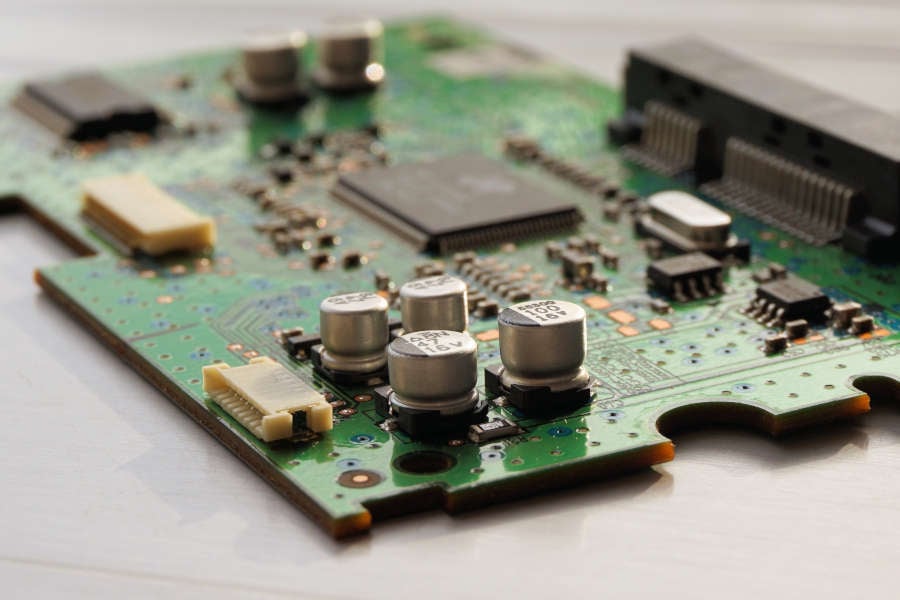Prototyping as a service
At Everythings we have the tools and means so you can see your ideas come to life by building your prototype. This way you can test your idea, and its core components, without the need to invest in expertise and resources.
We do this by building a Minium Viable Product (MVP) that would contain the main features of the desired end product. We determine the main features by workshopping your idea so that we understand the requirements and constraints of the end product.
When we build an MVP, we keep the same methodology as when we build a full end-to-end project, but with a more confined and limited feature set. This allows us to keep the learnings from the MVP and easily move towards a full project if so desired.


Why do we create a prototype?
An idea is only an idea until you actually try it out, and it’s not always certain your idea is the solution for the problem at hand. In these cases, you are better off going for a minimal product to test the core features and figure out if they actually solve your problem. This way you can try out different approaches with ease.
For this, we often opt to use existing components and devkits that can be used to build a quick prototype of the final product. This can easily be tested and adjusted until we find a proper solution on which we further iterate. These solutions might physically not look like the end product at all, but are functionally good indicators to see if your idea solves the problem it tries to solve.
Test core features. Do they solve your problem?
Existing components & devkits allow us to quickly test and adjust.
Prototyping examples
A prototype is always interesting and can avoid costly mistakes that would likely be missed when skipping the prototyping phase. The following list contains some examples of valid reasons to create one.
- You build a solution to aid customers in making certain shopping choices but aren’t sure what the best guidance tools are and want to test multiple with a test group.
- You have limited resources and would first like to test your idea using a prototype rather than directly go for a final solution.
- The problem at hand is complex and includes multiple business processes, so you would like to test the critical parts of the IOT solution before focusing on all the processes.
- You want to outsource a business idea rather than build it in house because of time and/or budget constraints.
- You would like to build a solution in phases that depend on each other and each next phase is built on the learning of the previous phases.